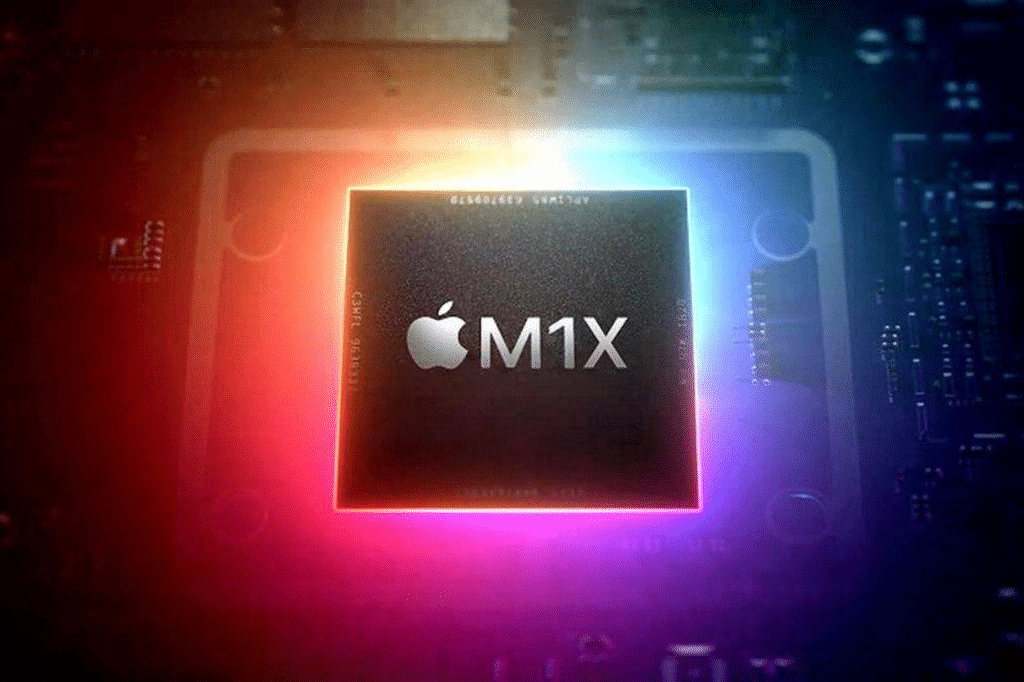Apple will launch this summer its next-generation MacBook Pro without the controversial Touch Bar. The new device is expected to get a new design and be powered by upgraded Apple Silicon processors.
The Touch Bar was introduced on the MacBook Pro to revolutionize the laptop and the way we use them. Much to Apple’s disappointment, it failed to get popularity among users. The truth is that the concept had a lot of potentials, but now the company decided they will be removing the Touch Bar from its notebooks for good.
The DSCC (Display Supply Chain Consultants) analysts confirmed one of the aforesaid rumored changes. Apple will be replacing the Touch Bar and replace it with a traditional function row. Earlier this week, DSCC published a new report claiming that the Touch Bar is one of the largest use of OLED screens at the moment.
However, DSCC sources suggested that “one” the world’s largest tech firms is planning to “cancel its Touch Bar”. Aside from that, Apple will be using OLED displays in the iPad series over the next few years. It can be said that last year’s M1 MacBook Pro was the last model featuring Touch Bar.

The Touch Bar was introduced back in 2016, but users never really considered that it was a needed feature. Most users prefer using physical keys that can be pressed, instead. It took Apple five years after introducing the feature to finally pay attention to users’ complaints.
Furthermore, Bloomberg rumored that a much more interesting change revealed for the upcoming MacBook Pro is that an OLED display that replaces traditional function keys.
OTHER CHANGES THAT ARE EXPECTED IN THE NEW MACBOOK PROS
Apple will use its M1X chipset to power the next-generation MacBook Pros and unfortunately they will revamp the MacBook Air, with a less powerful M2 chipset.
The M1X chipset will be made using TSMC’s N5P process which is an upgraded version of the 5 nm node, used for the M1. The M1X will arrive with a 10-core CPU, along with 2 efficient and 8 big cores.














